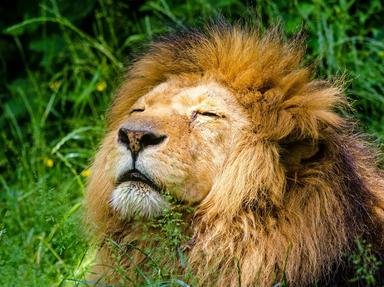Quiz Answer Key and Fun Facts
1. Zebra, gazelle and which other mammal take part in the great migration each year from Serengeti National Park to the Masai Mara?
2. The Masai Mara is just one of the places which is home to the "Big Five". This refers to the African lion, African elephant, African leopard, rhinoceros and which other animal?
3. Masai Mara National Reserve is home to which small African mammal, known for its thermoregulating ears and distinctive facial markings?
4. Zebra in the Masai Mara hunt for their prey in packs of three or more.
5. Another familiar sight in Masai Mara is which nocturnal, burrowing animal, as shown in the image?
6. Which endangered species in the Masai Mara is also known as the "painted dog"?
7. The tallest land mammal in the world is the giraffe, and the tallest sub-species of giraffe originated from The Mara. What is it called?
8. A familiar sight at Masai Mara is the national bird of Kenya. What is its colourful name?
9. The largest antelope in the world is often seen in Masai Mara, feeding off brush and vegetation. Which species is it?
10. The fastest land mammal makes its home in Masai Mara. As well as spotted fur, the cheetah has a black tear stripe running down from each eye to the corner of its mouth. What is the alleged purpose of this stripe?
Source: Author
Plodd
This quiz was reviewed by FunTrivia editor
guitargoddess before going online.
Any errors found in FunTrivia content are routinely corrected through our feedback system.

